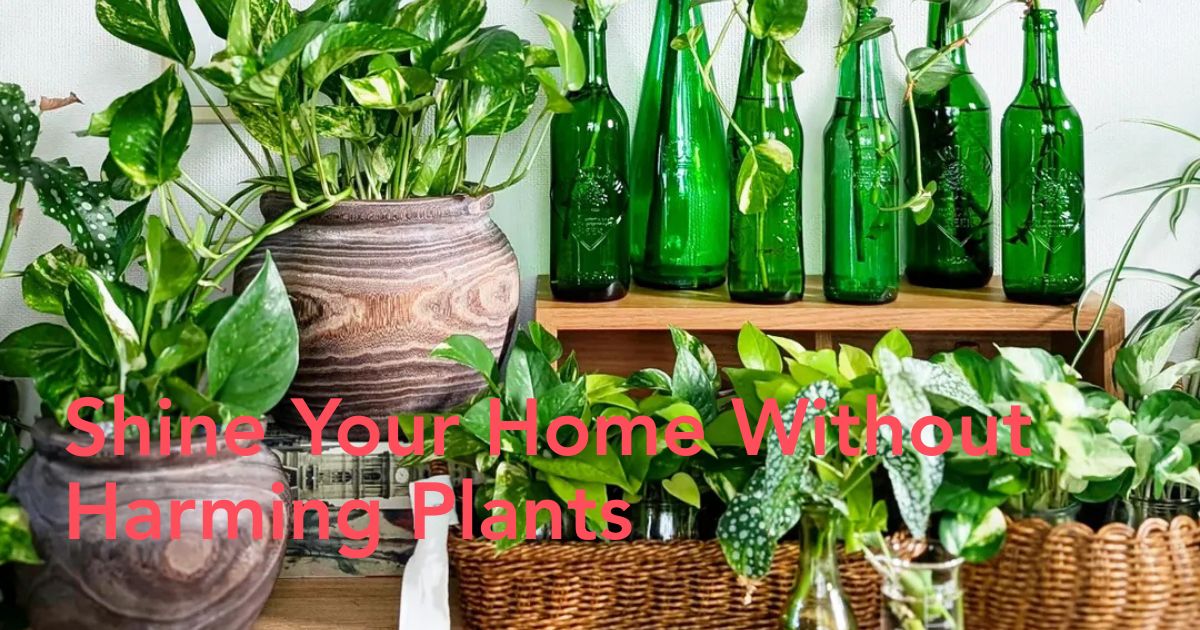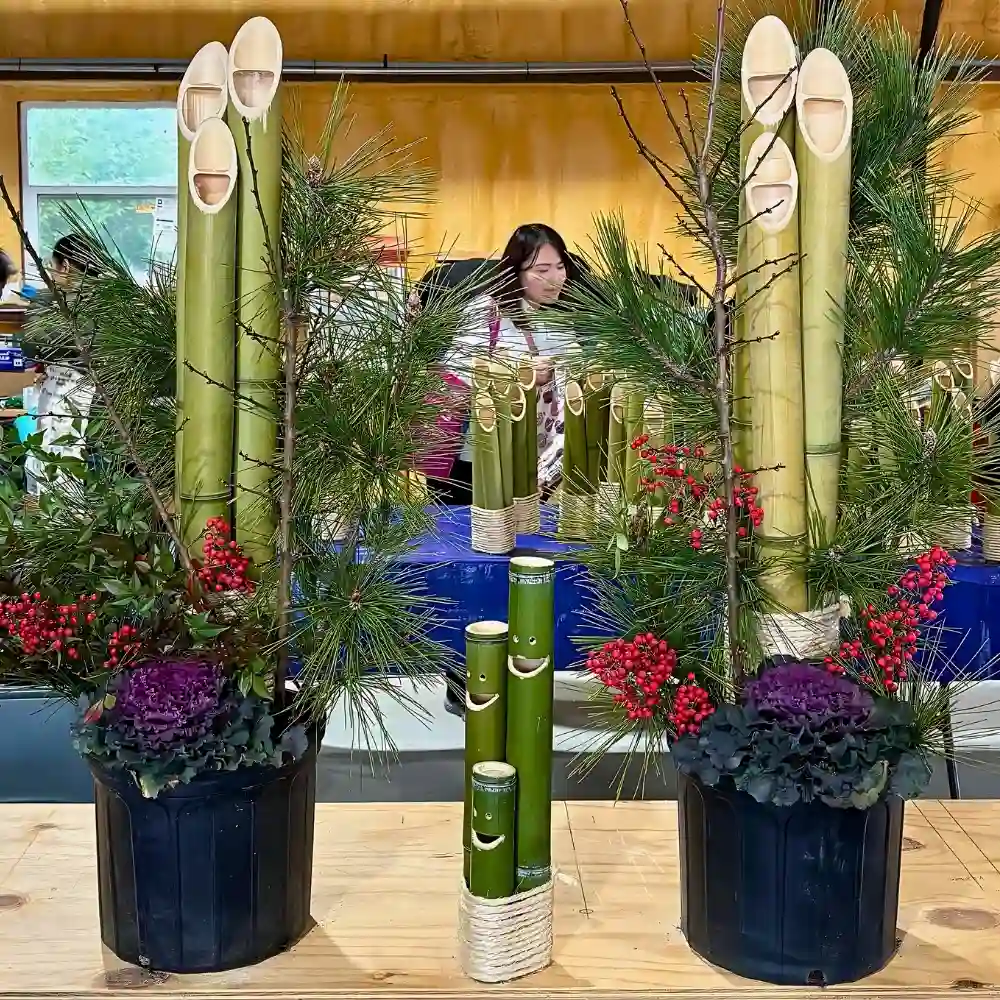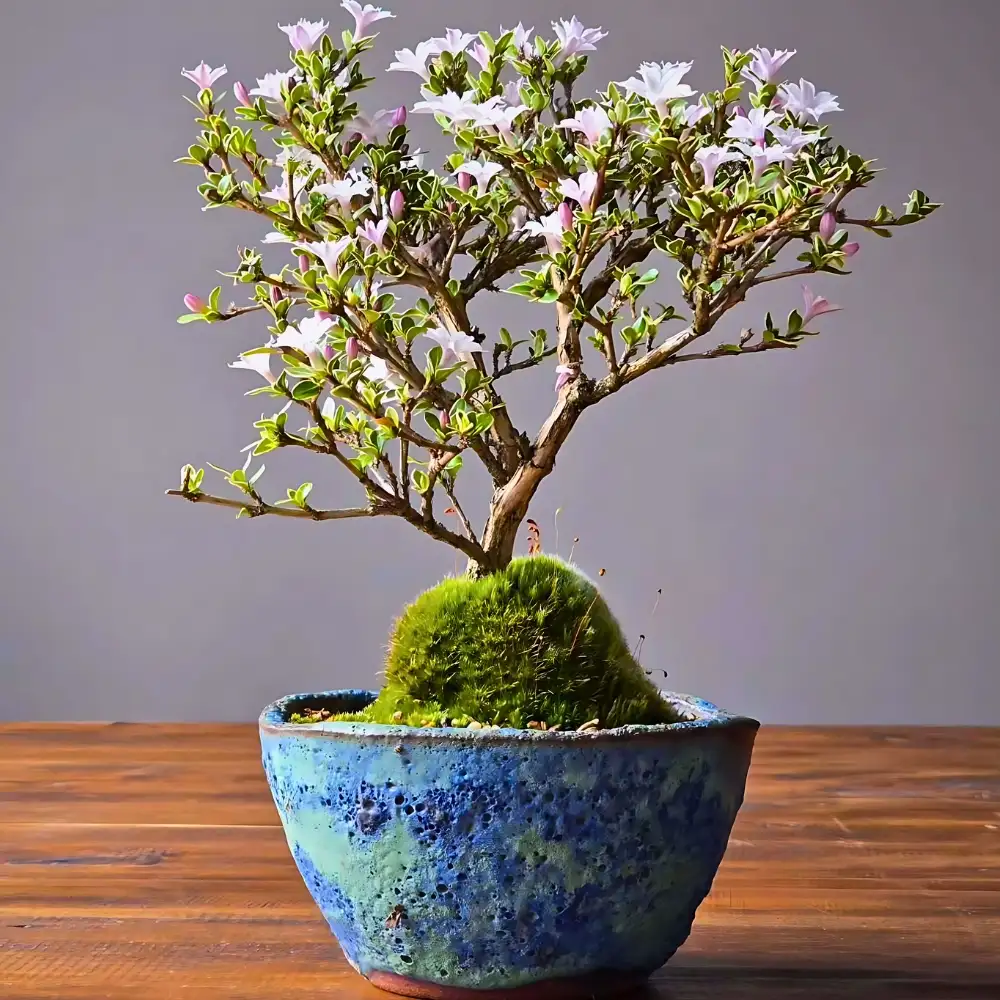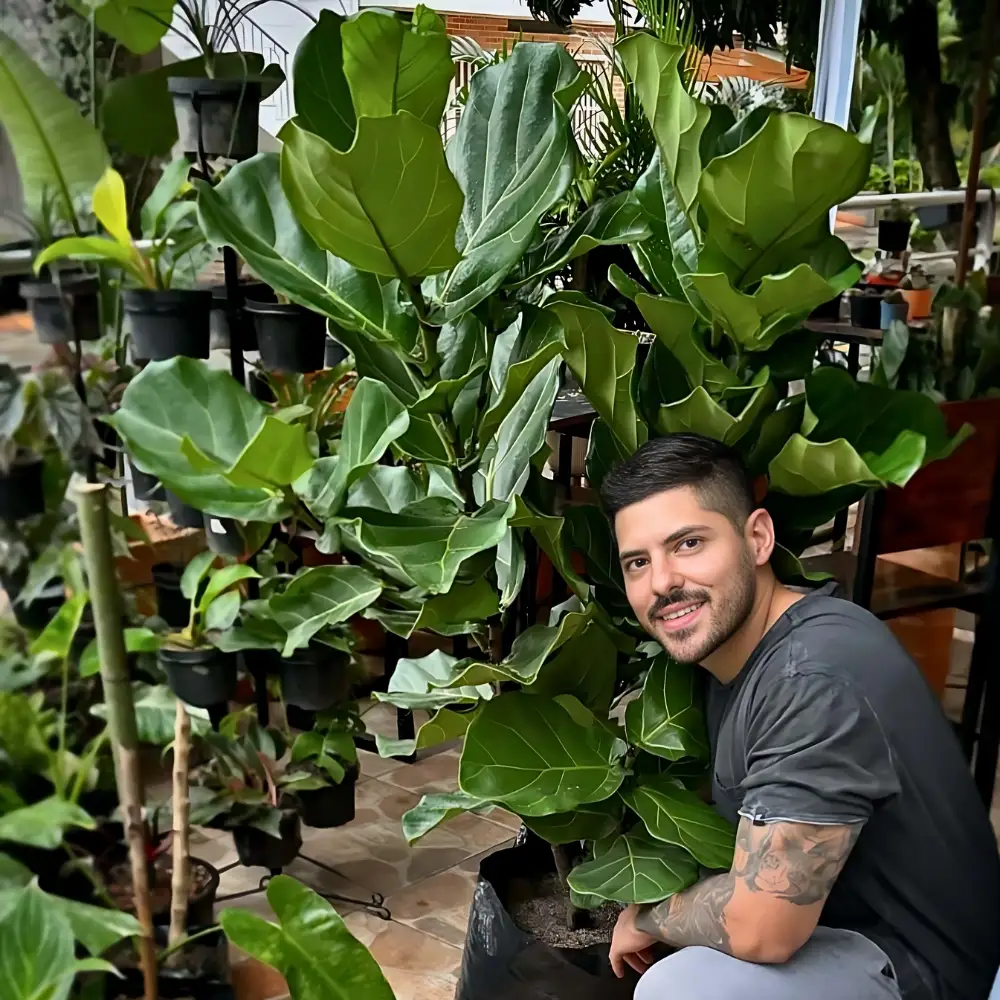It is completely possible to maintain a clean home and an abundant, thriving indoor garden together — if you understand how to take care of each. As many homeowners are unaware of the products or cleaning processes used by others, houseplants can be inadvertently exposed to potentially stressful, burning, or lethal chemicals. By understanding how to clean around your houseplants in a manner that is safe to both, you will be able to develop a living space that appears clean, has a fresh smell, and provides the best environment to support the growth of all your leaves.
Plants absorb and process gases in the air (air filtration) and therefore should be kept in an atmosphere that contains no harmful fumes or residues from cleaning. What you choose to clean with affects not only how well your plants will grow, but also how long they will survive in your indoor environment. There are some safe ways to clean using safe products and/or homemade cleaners, so you can have sparkling rooms and your plants will continue to flourish.
You can find more knowledge here: The 8 Most Expensive Houseplants in the World

Safe Options for Purchasing Household Cleaning Supplies
The initial stage of taking care of your houseplants is to know which household cleaners to stay away from. Many household cleaners contain either ammonia, bleach, alcohol, or other chemical based fragrances, which will leave a residue that will remain in the air and soil for some time and will harm your houseplants through absorption or contact.
When you select cleaning products, look for labels that mention “plant safe,” “eco-friendly,” or “biodegradable.” You can also make your own cleaning solutions using simple, natural ingredients that clean effectively without chemicals. Around this point in your cleaning journey, it may help to learn from trusted professionals such as Sparkly Maid San Diego, who use premium eco-conscious cleaning products designed to protect both people and plants.

Natural Household Cleaning Products
Several common household items can be used to clean your home without causing damage to your plants:
- White Vinegar: Diluted white vinegar will remove grime, water spots and grease. Although the acidity in white vinegar can cause burns to the leaves of your plants, do not spray it directly on your plants.
- Baking Soda: Baking soda is great for removing grime from sinks, tubs and tile and will not scratch.
- Lemon Juice: Lemon juice will dissolve grease and has a light, fresh scent.
- Castile Soap: Castile soap is great for cleaning counters, floors and even the leaves of your plants when diluted correctly.
- Coconut Oil or Olive Oil: Coconut oil and olive oil are both useful for polishing wood furniture and adding a shine to clean leaves.
Using these household items can produce safe and effective cleaners that will not emit toxic fumes that can harm your plants.

Caring for Plants While Cleaning
Remove your plants from the area that you plan to clean in order to prevent your plants from being harmed by the cleaning solution. Even though most household cleaners are made from natural products, they can still irritate the leaves of your plants if they come into contact with them. Cover larger plants that cannot be moved with a light towel or plastic sheet to protect them from airborne cleaning mists or dust.
Also, be careful where you spray your cleaning products. Particles released by the cleaning product can settle on nearby surfaces, including the leaves of your plants. After cleaning, carefully remove any protective covering and wipe the leaves of your plants with a soft, damp cloth to remove any accumulated residue.

Cleaning Common Spaces While Protecting Your Plants
Living Room/Bedroom
Because there are usually several houseplants located in these rooms, you should never use spray cleaners or artificial air fresheners. Instead, use a microfiber cloth to pick up dust rather than a feather duster, because feather dusters will just blow dust back into the air. Also, be sure to open your windows during the cleaning process to allow for proper ventilation.
Kitchen
To clean your kitchen counters and appliances, use mild soap or a diluted white vinegar solution. Be sure that any strong odors from the cleaning products you use will not linger in the vicinity of your herb or edible plants. Opening your windows for a short period of time can help eliminate any fumes that have become trapped inside.
Bathroom
Because bathrooms are naturally humid, there is likely to be mold or mildew built-up on the walls and in the grout. However, houseplants thrive in humid environments. To safely clean the bathroom, mix equal parts of baking soda and lemon juice to create a paste, then apply the paste to the tile and grout. Scrub the area and then rinse thoroughly to ensure there is no residue left behind.
Floor Cleaning
Choose plant safe floor cleaners or simply mix vinegar and warm water. Mop gently around plant stands and be cautious about splashing. If your cleaning schedule feels too heavy, consider booking a specialized eco-conscious service like Move Out Cleaning Service Austin that uses premium solutions safe for homes with greenery.
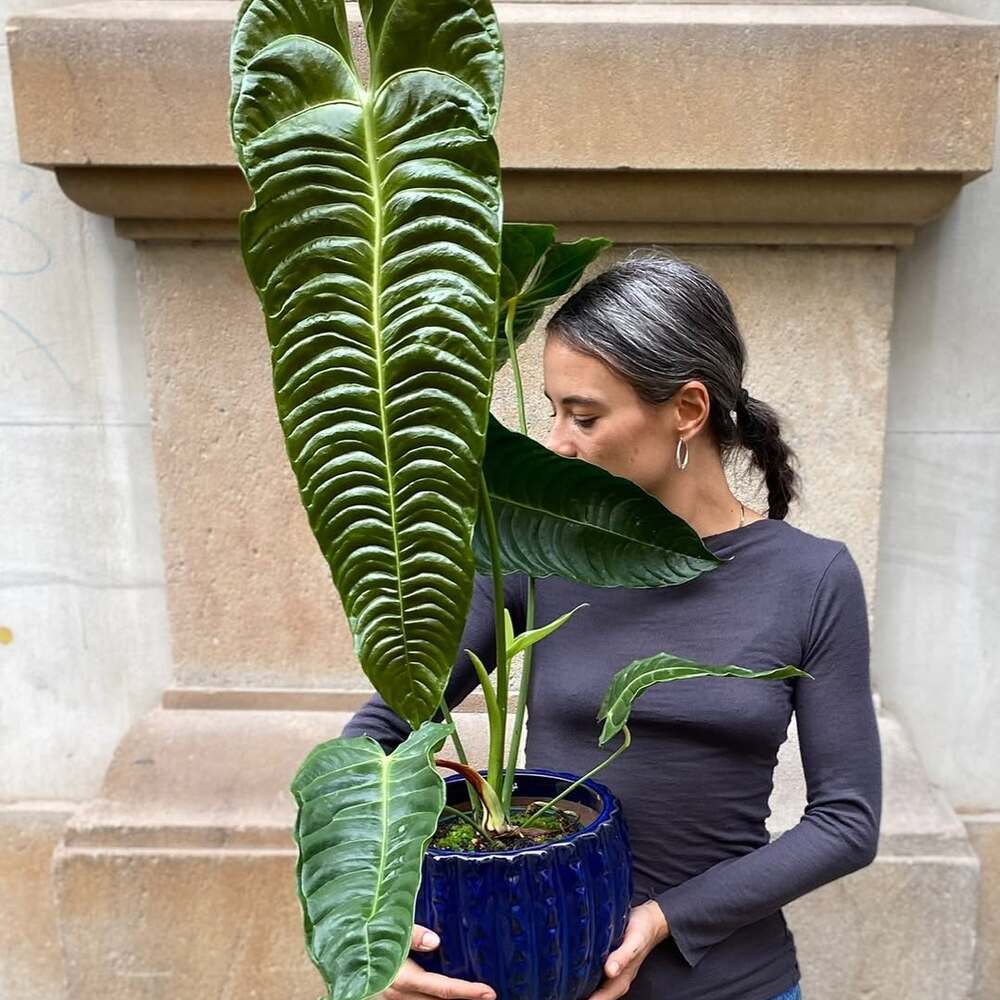
Proper Leaf Cleaning
Leaves that are dusty can block sunlight from reaching the interior of your plants, thereby reducing their ability to perform photosynthesis. Regularly dusting the leaves of your plants with a soft, damp microfiber cloth can help maintain their appearance. Never use commercial leaf shiners containing oils that can clog the pores of the leaves of your plants. You can gently mist plants with small leaves, such as ferns, with water or place them in the shower for a quick rinse.
Additionally, you can also clean leaves with a combination of water and a single drop of Castile soap. Then, rinse the leaves with water to remove any soap residue. Cleaning your plants in this manner allows them to breathe freely and appear shiny.
Promoting Good Ventilation During Cleaning
Air circulation promotes healthy plant growth. Open windows or run a fan while you clean to improve ventilation and reduce indoor humidity and fume accumulation. Avoid using candles or air fresheners that contain synthetic fragrances or soot, as they can coat leaves and negatively affect plant respiration.
An alternative to candles or air fresheners that contain hazardous chemicals is using an essential oil diffuser, which can add a pleasant scent to the air, such as lavender or citrus. Diffuse the essential oil at least six feet away from any sensitive plants, since direct contact with the essential oil droplets can harm the leaves of your plants.

Additional Deep Cleaning Recommendations for Plant Enthusiasts
In addition to regular cleaning routines, it is helpful to occasionally give your home a deeper clean. A deeper clean includes cleaning corners, behind furniture, and areas that tend to collect dust near your plants. In addition, always move your potted plants to one side of the room prior to dusting blinds, vacuuming curtains, or cleaning shelves. Once you have finished cleaning your home, gently wipe the tops of your potted plants with a damp cloth to remove any remaining residue or check the soil to see if it needs to be cleaned of any dust or pest buildup.
Also, be sure to regularly clean the grow lights and humidifiers you use to help promote healthy plant growth. If you do not clean the dust off of your grow light bulbs, you can significantly decrease their effectiveness and create conditions that are conducive to bacterial growth. In addition, failure to clean the moisture tray of your humidifier can result in significant amounts of dust buildup in the tray and around the area immediately adjacent to the humidifier. Both of these factors can lead to unhealthy growing conditions for your plants

Common Mistakes to Avoid
- Using bleach-based disinfectants anywhere near your plants. Bleach can instantly burn the leaves of your plants.
- Spraying cleaning products directly onto the leaves of your plants. Always clean your plants separately from any other area in your home.
- Not providing adequate ventilation. Adequate ventilation is beneficial to both the health of humans and the health of plants after cleaning.
- Overwatering your plants after cleaning. People sometimes overcompensate for the drying effects of cleaning products. Stay within your typical routine.
- Failing to remove residue from pots or trays. Any residue from salt or cleaning products can lower the pH of the soil and disrupt plant growth.
By avoiding these common mistakes, you can ensure that your cleaning routine supports the health and longevity of your plants.

Developing a Rhythm for Cleaning That Supports Plant Growth
Create a simple cleaning routine that works in conjunction with your watering and care routine. For example, you can clean the leaves of your plants and dust/wipe down surfaces on the same day that you water your plants. Clean surfaces on a weekly basis and rotate your plants monthly to provide even sunlight and air flow.
If you would like to have a professional cleaning service assist you with cleaning your home, search for cleaning services that prioritize green and eco-friendly cleaning practices. Companies that appreciate and value plants will typically use fragrance-free cleaning agents and soft cloth materials. This small consideration can make a huge difference in the overall health of your indoor garden.

There Is No Need to Sacrifice
There is no need to sacrifice the health of your plants in favor of maintaining a clean home. By selecting safe cleaning products, protecting your plants while cleaning, and ensuring good ventilation, you can establish a home environment that is visually appealing, fresh smelling and beneficial to your indoor garden.
Your houseplants reward you with improved air quality, natural beauty and a calming presence. The time and effort you put forth to maintain both your home and your plants clean is a reflection of a lifestyle that emphasizes the importance of health, sustainability and balance. Every surface that sparkles and every leaf that is green is evidence that it is possible to find harmony between cleanliness and nature.

